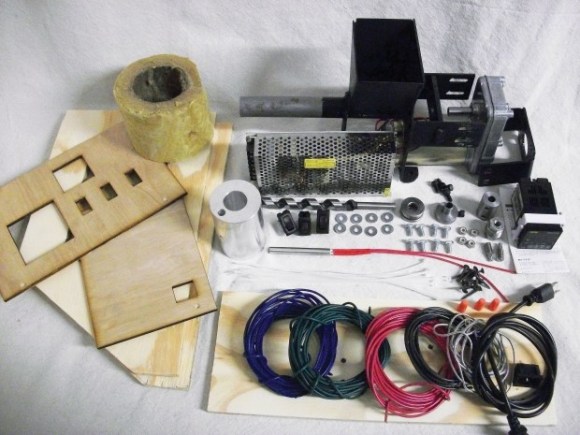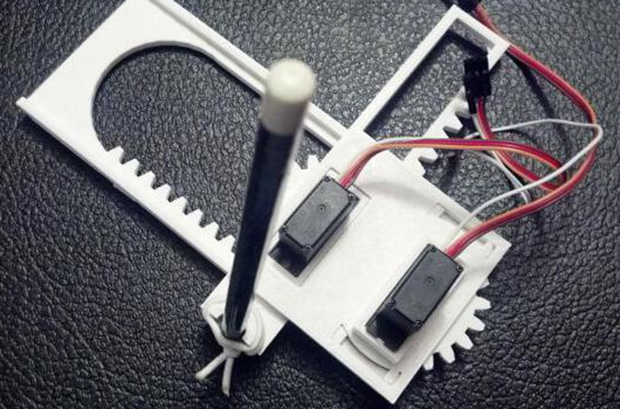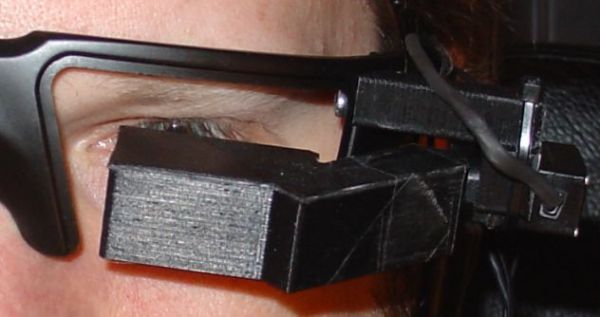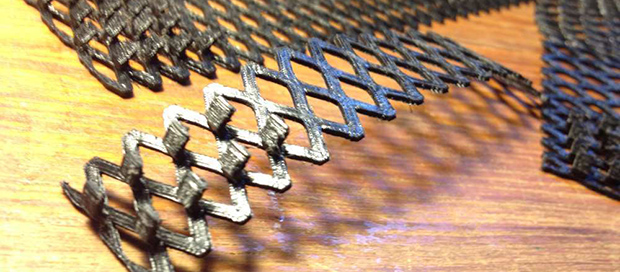Solid Concepts, one of the world’s largest rapid prototyping outfits, just printed a gun. Unlike previous 3D printed guns like the Liberator, this 3D printed version of an M1911 is made out of metal. It’s a real gun, with rifling in the barrel – something the Liberator doesn’t have – and has the look and feel of what the US military has been using as a service pistol for decades.
The Solid Concepts 1911 was made using the selective laser sintering process, using a combination of stainless steel and nickel-chromium alloys. Every single part of the gun, save for the spring, was 3D printed without any machining. It’s an impressive feat of rapid manufacturing – firing .45 ACP rounds, this gun will see 20,000 psi every time the gun is fired. It’s already chewed through a few magazines so far, and it apparently shoots pretty well, to boot.
Here’s why you shouldn’t care.
Solid Concepts business is to make things using rapid prototyping. They make everything from plastic baubles, tooling for injection molds, architectural models, and stuff that doesn’t get past the prototype stage. This 3D printed 1911 is simply a demonstration of Solid Concept’s capabilities, nothing more.
The printer used to manufacture this printer is an EOS SLS printer that costs many tens of thousands of dollars. Our limited research can’t pin the price of the printer down more than that, but let’s just say you could buy a very, very nice sports car for the same price, and we’re not talking about that awesome ‘vette down at the Chevy dealership.
This is just a neat little advertisement, that’s it. Someone at Solid Concepts realized if they made a gun using 3D printed parts, it would be picked up by blogs and wire services. They were right. It’s an excellent demo of what Solid Concepts’ capabilities are, but that’s just about it. You’re still not able to manufacture an M1911 on a desktop 3D printer, and even if you could, you could set up a machine shop in your garage and end up with a similar product for less money.
As an aside, and this is just me throwing an idea out there, can we please stop using guns as an example of what 3D printing can do? I respect your right to manufacture, own, and operate a gun, but as I write this paragraph, I’m cringing at the thought of all the pro and anti-gun comments this post will see.
If you’re looking for a way to demonstrate your 3D printing prowess, how about something like an engine? Given the right design, they’re more complicated than a gun, and a really small Wankel engine would be really cool.
Video of the Solid Concepts 1911 available below.
Continue reading “Why You Shouldn’t Care About The All-Metal 3D Printed Gun” →


















